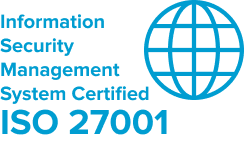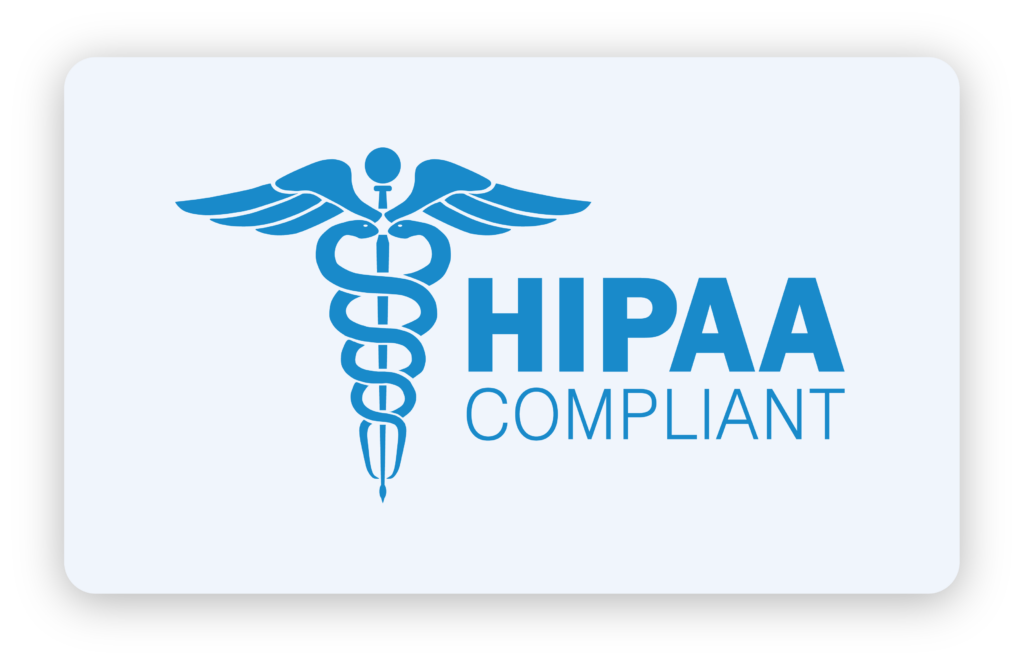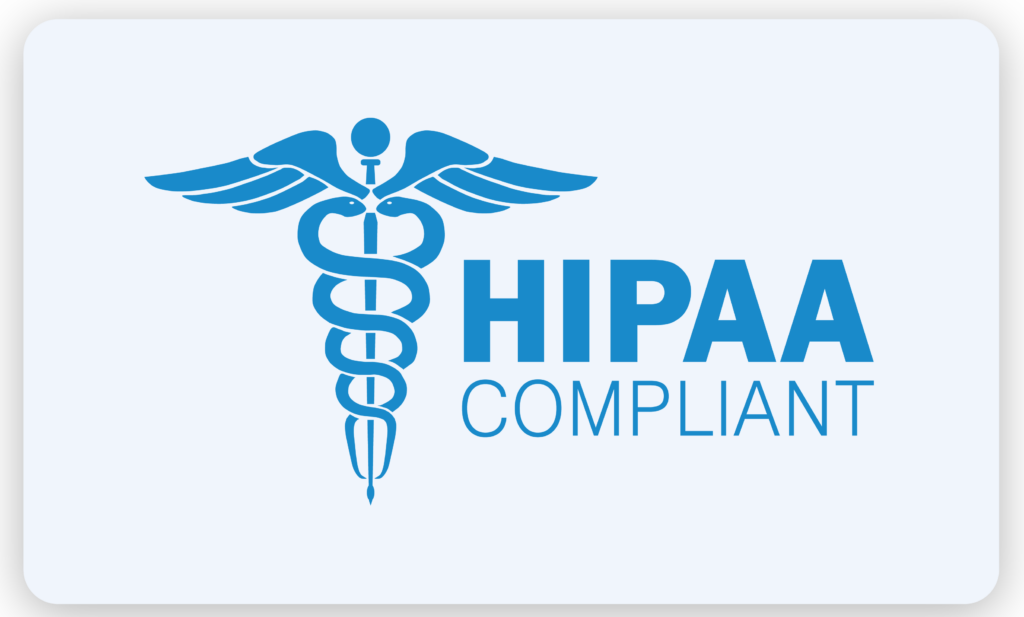23 Mar

The world is slowly moving on from the nightmare – Pandemic 2020. In a lot of regions, economies have begun reopening. However, the governments are easing travel restrictions. The livelihoods, businesses, and industries have suffered long enough to control the pandemic. The idea of the EU Health Pass is giving hope to restart work and travel safely.
However, the pandemic has already made an indelible mark on our daily lives. For most people, frequent hand washing has become a habit. Even the way we greet other people has also changed. Human interactions have changed as we prioritize safety rather than politeness.
This shift in priority is not limited to individuals. Industries have also adopted some habits designed to prevent disease spread. The airline industry is turning to technologies to prevent flights from becoming a disease hotbed.
Businesses and other high-density venues are following suit by adopting safer practices. Technologies designed for the travel industry can be integrated into other economic sectors. MatriX-iPass™ EU Health Pass solution, for instance.
Contactless Solutions
Infectious diseases are usually transmitted via physical contact. So, various establishments are making efforts to limit physical interactions within their venues.
Payment and Other Transactions
Contactless payment solutions are becoming highly popular now. The fear is that cash and card payments might have contributed to disease spread. Businesses like restaurants and retail stores have adopted contactless payment methods to avoid physical contact.
Three main technologies in the contactless payment space are:
- NFC
- EMV
- Over the internet
Near Field Communication (NFC) is perhaps the most widespread yet unknown among such technologies. NFC chips come pre-installed in most modern smart devices. So, it is the technology of choice among manufacturers. Apple and its payment service Apple Pay, for example. Users put their devices near an NFC-enabled POS receiver and allow payment through digital wallets.
What makes NFC stand out is that it isn’t limited to payments and transactions. It also helps augment pairing for Bluetooth-enabled devices. This way, offices can also use NFC to connect devices to other office equipment quickly.
In contrast, EMV is the dominant technology in the contactless payment space. Modern debit and credit cards already use it. Users place EMV-enabled cards near a POS terminal to make payments.
The internet is also an ideal option for contactless payments. Establishments can use wire transfers to accept payment for goods or services rendered. Some digital wallets also use QR-enabled fund transfers via the internet.
Menus and Ordering
In the pre-pandemic era, physical menus were popular among diners. But now, online menus are available, and customers access them on mobile devices. To eliminate the need for typing the establishment’s website, companies use QR codes. These codes help them quickly link to their menu webpage.
These solutions also go the extra mile by letting customers order over the website as well. This solution helps keep the interaction between diners and staff to a minimum.
Offices are also integrating a similar system to the pantry where workers tend to gather for their meals. The contactless menus enable employees to order and pick the order when ready.
Physically Distanced Venues
The lockdowns have allowed offices and restaurants to revisit their often-crowded floor plans. Office and restaurant managers made arrangements to enable physically distanced settings. Many businesses have marked and streamlined their queues to avoid physical connection in a venue. Some restaurants created transparent enclosures for each table setting that serves as a bubble between diners.
Open-floor offices force people to be in the same room for long hours. It makes open-floor offices a high-risk venue for the spread of infectious diseases. Offices will now have dividers between work desks. Collaborative work, while still encouraged, will strictly follow physical distancing measures. Even the businesses nowadays opting for EU Health Pass solutions to create a lot safer human movement.
Health Screening and Digital Passports
Health screenings were the most crucial of all infectious disease measures. It was one of the earliest measures to control the spread. In fact, some version of it has been in practice in different points of transit even before the pandemic. Before this pandemic, there were other potential diseases that also worried health experts. In fact, it is just a new variant of SARS disease that spread across Asia and other countries in 2002. The H1N1 virus or otherwise known as the Swine Flu, spread around 2009. These diseases forced the airline industry and other businesses to deploy prevention solutions. These required travelers to submit a declaration form with a travel history and health status. Upon arrival, quick health checks were also done. People with fever were isolated in case they’re sick from a communicable disease.
Why didn’t earlier solutions work for the global pandemic 2020?
When the new infectious disease hit, the prevention measures discussed above proved to be inadequate. It started spreading too fast and so widely that the travel industry had to grind to a halt. Now that travel operations have been partially restored, and the industry is more careful.
The airlines have agreed to make health screenings even more strict. Now, most EU countries require EU Health Pass to cross borders. Restaurants and offices may soon require a similar solution to prevent contagious diseases.
How MatriX-iPass™ Can Help Offices and Restaurants Reopen
This is where digital health passes like MatriX-iPass™ can contribute immensely. The idea is to provide people with a verifiable method of presenting health credentials. These include RT-PCR test results or vaccine certificates. Currently, EU Health Pass solutions are being trialed in various airports. The platform’s interoperability makes it easy to deploy in office and restaurant settings. Privacy and data security are major concerns. Medical data, after all, is not something that people would want to leave unprotected.
This is why HealthMatriX Technologies Ltd. decided to use cutting-edge blockchain technology. It helps keep data protected from breaches and hacks.
Further, it enhances security with AI to identify anomalies in the system. AI helps protect the data from potential sources of fraud or hacks.
MatriX-iPass™ Features
HealthMatriX Technologies Ltd. specifically designed the platform to be completely interoperable with other systems. It began as a secure test result verification platform. The company implemented a vaccination certificate verification feature later on. Now it is one of the most secure EU Health Pass solutions.
MatriX-iPass™ uses both app-based mobile technologies and high-security offline verification. It’s a fool-proof verification method that works with or without a data connection or mobile device.
In a work setting, this reliability is a crucial feature to help enhance productivity. In addition, with the use of QR technology, the platform can work in a completely contactless way. Users don’t need to hand over cards or any other hardware to inspectors and verifiers.
The effects of the pandemic will certainly have a lasting effect on society. It has surely already forever changed travel. Fortunately, there are still some aspects of life where we can claim a sense of normalcy. With Health Passport solutions like MatriX-iPass™, we can safely resume work and travel.
Want to know how HealthMatriX helps reopen work and travel?
Schedule a demo today.




















